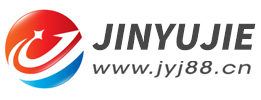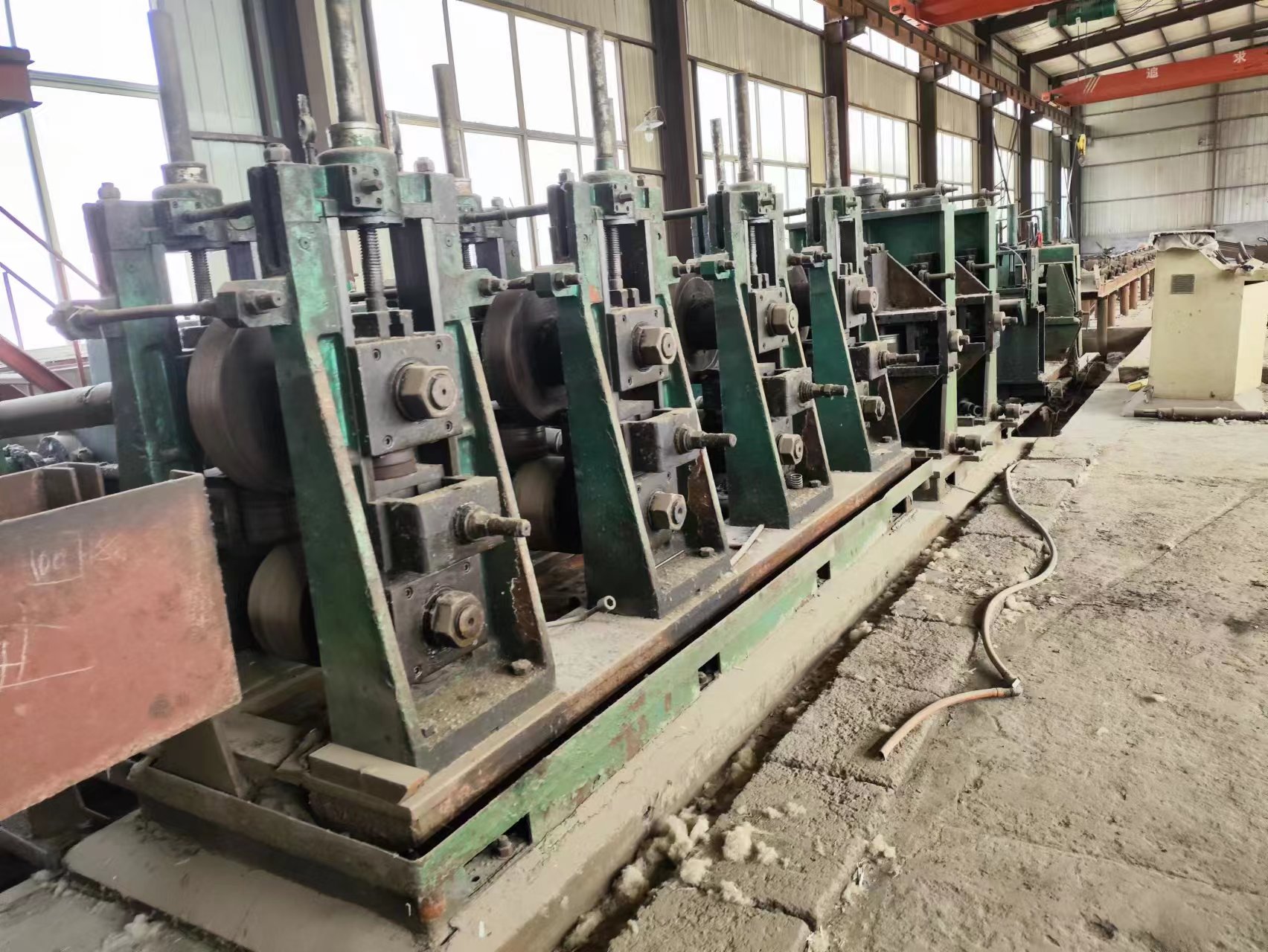Correct use of impedors device (magnetic rod) in the welding of used high frequency welded pipe equipments(1)
- Sort:Information
- Auth:
- Source:
- Release time:2023-09-11 11:30
- Pvs:
【概要描述】Usually the use of used high frequency welded pipe equipments consumes a lot of impedors device (magnetic rod). At the same time, when high-frequency induction welding technology is used to produce welded pipes, it is necessary to place impedors device (magnetic rod) in the inner cavity of the welded pipe blank to change the induced current in the pipe blank. Distribution, as shown in Figure 1. Placing the impedors device (magnetic rod) in a suitable position can make the induced current concentrate on the fusion surface of the welded pipe, thereby improving the efficiency of induction welding; if the placement of the resistor is not appropriate, it will not only reduce the welding efficiency of the welded pipe, but also Cause product quality problems.
Correct use of impedors device (magnetic rod) in the welding of used high frequency welded pipe equipments(1)
【概要描述】Usually the use of used high frequency welded pipe equipments consumes a lot of impedors device (magnetic rod). At the same time, when high-frequency induction welding technology is used to produce welded pipes, it is necessary to place impedors device (magnetic rod) in the inner cavity of the welded pipe blank to change the induced current in the pipe blank. Distribution, as shown in Figure 1. Placing the impedors device (magnetic rod) in a suitable position can make the induced current concentrate on the fusion surface of the welded pipe, thereby improving the efficiency of induction welding; if the placement of the resistor is not appropriate, it will not only reduce the welding efficiency of the welded pipe, but also Cause product quality problems.
- Sort:Information
- Auth:
- Source:
- Release time:2023-09-11 11:30
- Pvs:
Usually the use of used high frequency welded pipe equipments consumes a lot of impedors device (magnetic rod). At the same time, when high-frequency induction welding technology is used to produce welded pipes, it is necessary to place impedors device (magnetic rod) in the inner cavity of the welded pipe blank to change the induced current in the pipe blank. Distribution, as shown in Figure 1. Placing the impedors device (magnetic rod) in a suitable position can make the induced current concentrate on the fusion surface of the welded pipe, thereby improving the efficiency of induction welding; if the placement of the resistor is not appropriate, it will not only reduce the welding efficiency of the welded pipe, but also Cause product quality problems.
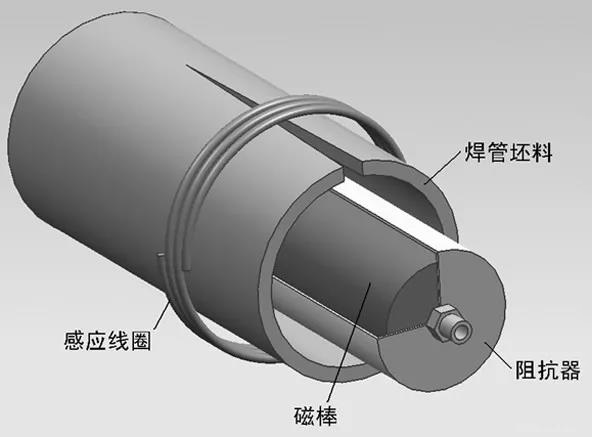
Figure 1 Schematic diagram of impedors device (magnetic rod)
At present, there are few documents that comprehensively introduce the placement plan of the impedors device (magnetic rod). The existing literature only briefly explains the placement plan of the impedors device (magnetic rod) when explaining the production process of welded pipe. These schemes are derived from the production experience. They are not highly versatile, and the placement of the impedors device (magnetic rod) in the various schemes is inconsistent, and some placement schemes are even contradictory. The above deficiencies will cause problems for production technicians, and may lead to poor welding efficiency of the designed welded pipe.
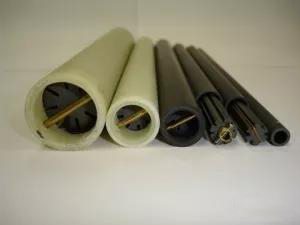
Below we will combine some experience in the production process on the installation of the impedors device (magnetic rod) and related issues that should be paid attention to in the production:
a. The installation position of the impedors device (magnetic rod).
The installation position of the impedors device (magnetic rod) has an important influence on whether it can fully exert its function. Starting from the law of electromagnetic induction, the installation position of the impedors device (magnetic rod) should follow the following principles: one end of the impedors device (magnetic rod) should exceed the induction coil, and the section beyond the induction coil should be appropriately longer (about the length of a coil) . Specifically, if the impedors device (magnetic rod) is long enough, the midpoint of the coil can be taken as the center position of the impedors device (magnetic rod) so that one end of the impedors device (magnetic rod) exceeds the center line of the squeeze roller 3— 6mm, the other section is a longer distance beyond the induction coil. If the impedors device (magnetic rod) is not long enough, its center position should be moved to the heating zone to ensure that one end of the impedors device (magnetic rod) exceeds the center line of the squeeze roller, but also pay attention to make the other end must exceed Induction coil.
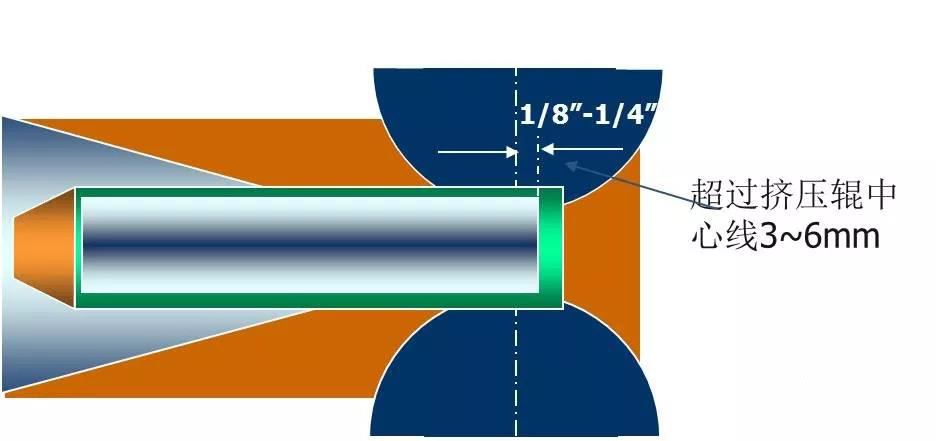
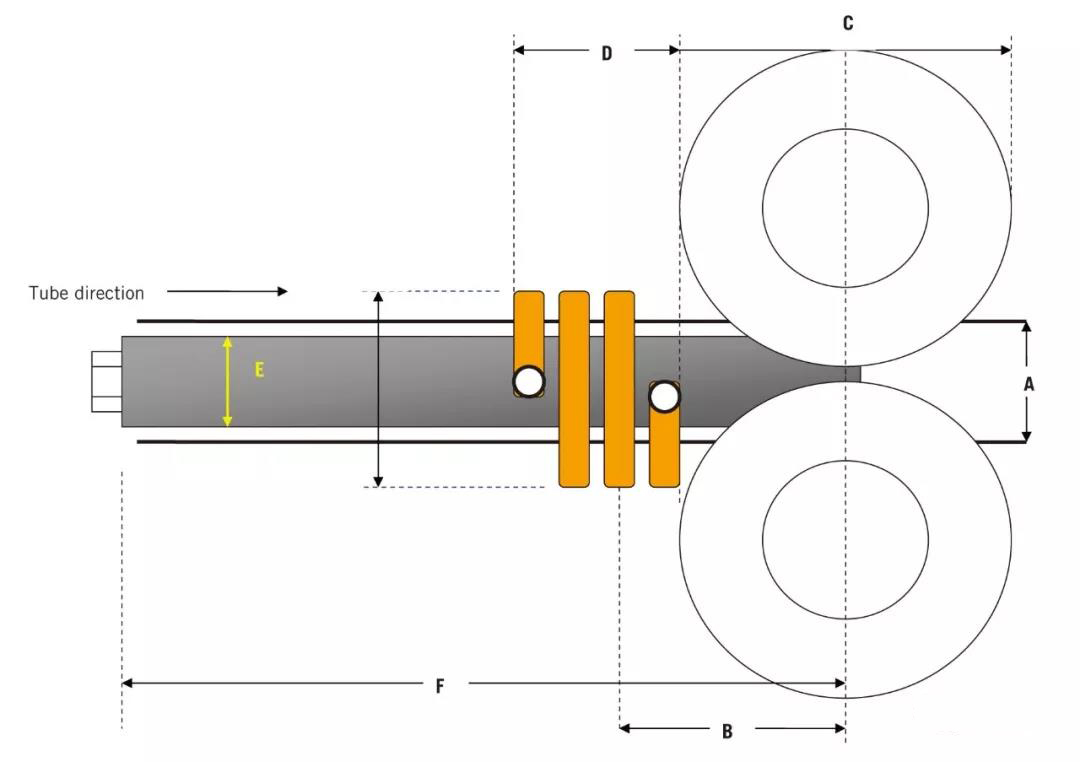
b. The installation of impedors device (magnetic rod).
The installation of the impedors device (magnetic rod) must first be firm to avoid vibration of the impedors device (magnetic rod) during the welding process. The installation position should make the axis of the impedors device (magnetic rod) consistent with the rolling center line, and make the impedors device (magnetic rod) as close as possible to the solder joint.
c. Water cooling problem.
Water cooling is an important issue in high-frequency longitudinal welded pipes. Its purpose is to keep all parts of the impedors device (magnetic rod) at a low and constant temperature during the high-frequency welding process, so that the impedors device (magnetic rod) has a higher magnetic permeability and remains unchanged. To achieve this goal, we must pay attention to two issues:
One is to have sufficient water flow, which requires sufficient water pressure and a suitably large cross-sectional area of water flow. The second is to have high heat dissipation efficiency. Even if the water flow is very high, if the heat dissipation efficiency of the impedors device (magnetic rod) is very low, the purpose of water cooling will still not be achieved. In order to improve the heat dissipation efficiency of the impedors device (magnetic rod), it is best to arrange the water passages of the impedors device (magnetic rod) evenly.
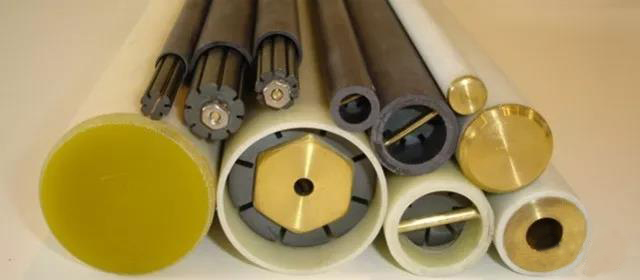
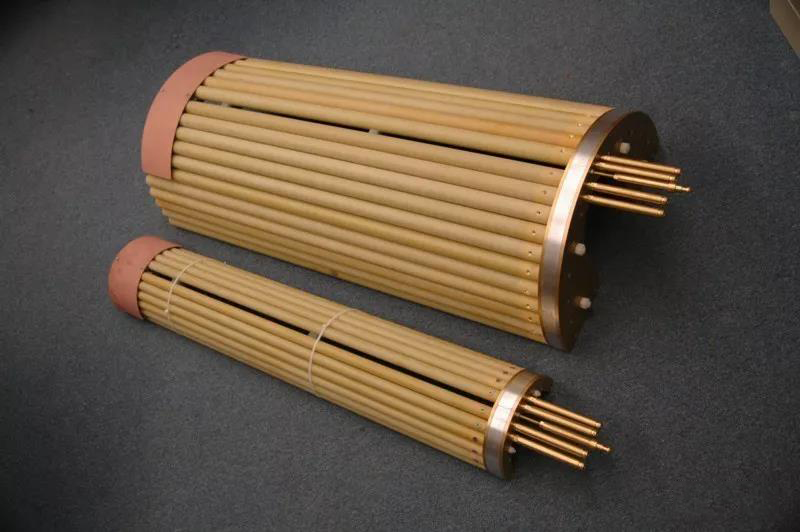
The above is the correct use of the impedors device (magnetic rod) in the welding of used high frequency welded pipe equipments. The installation of the impedors device (magnetic rod) and the related issues that should be paid attention to in the production are summarized. The next issue will introduce the impedors device (magnetic rod) Several issues that should be paid attention to in the production process.
More News

Time of issue : 2023-10-31

Time of issue : 2023-10-28

Time of issue : 2023-10-25

Time of issue : 2023-10-22
Wechat: 13392281699
Email: zty@usedpipemill.com
Company address:No. A99, East Lecong Avenue, Lecong Town, Foshan City, Guangdong Province
Recommendation
Online Inquiry
LINK
Contact Us
Tel (wechat): 13336487288
Wechat:+86 13336487288
WhatsApp:+86 13336487288
Email: zty@usedpipemill.com
Address: No. A99, Lecong Avenue East, Lecong Town, Foshan City, Guangdong Province


